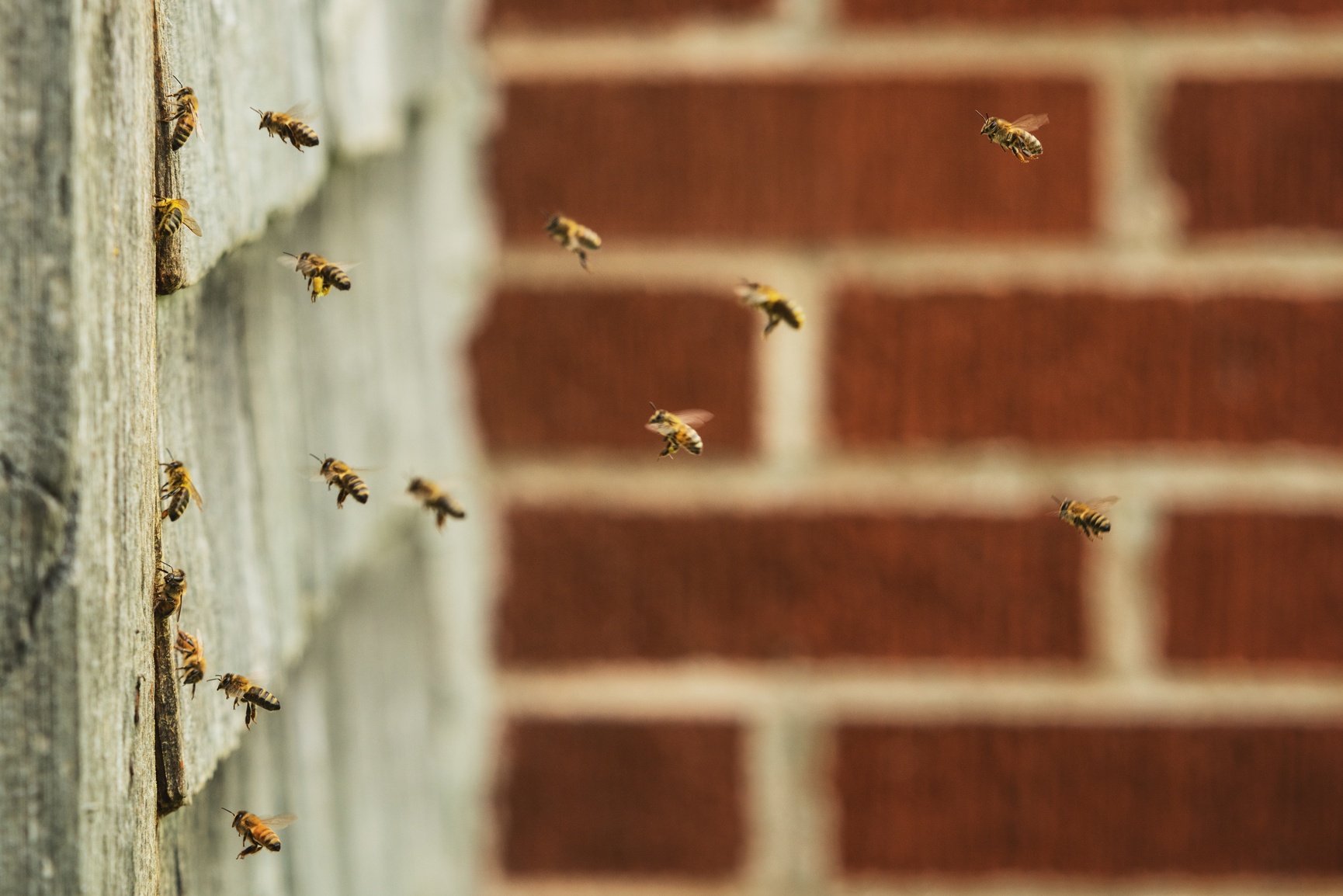 CAES News
CAES News
Honeybee Control and Removal
When a swarm of honeybees takes up residence in your house, you may not know who to call to help safely relocate the pollinators and preserve your home in the process. Thanks to a new certification program through the Georgia Department of Agriculture called Honeybee Control and Removal, it will be easier for residents to locate licensed professionals to handle the job.

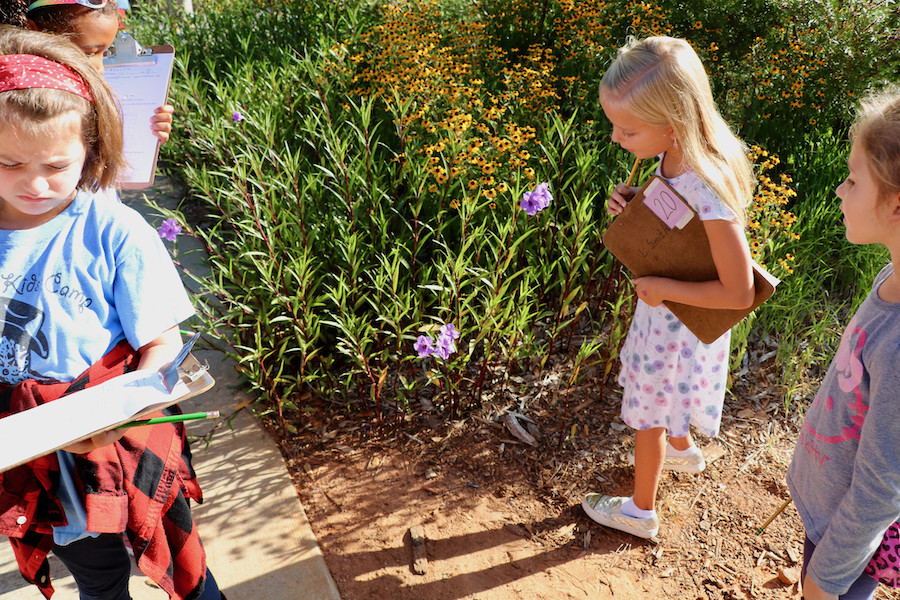
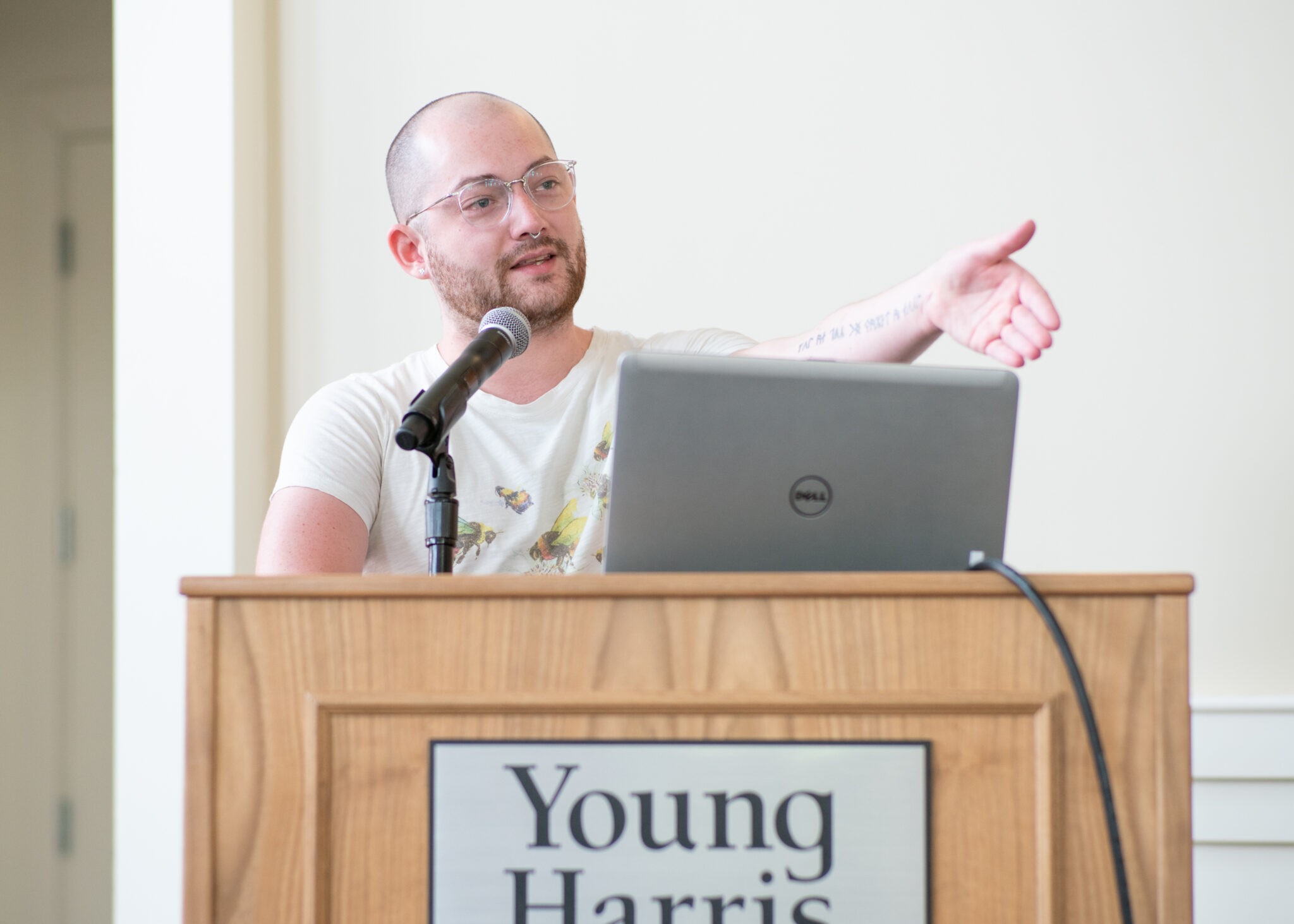
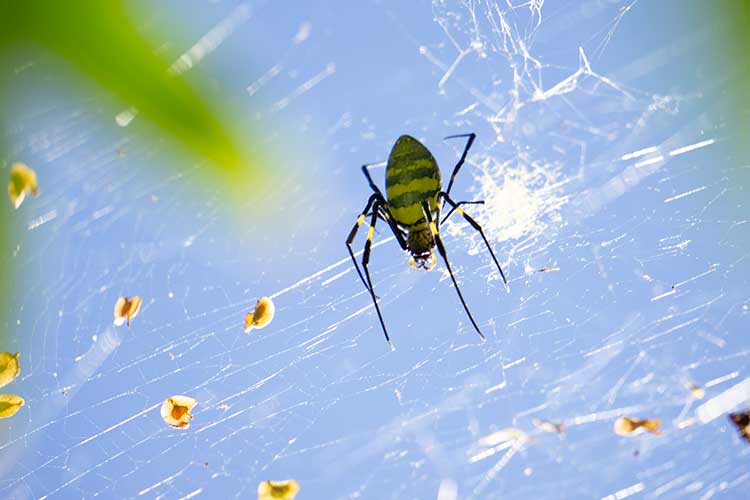
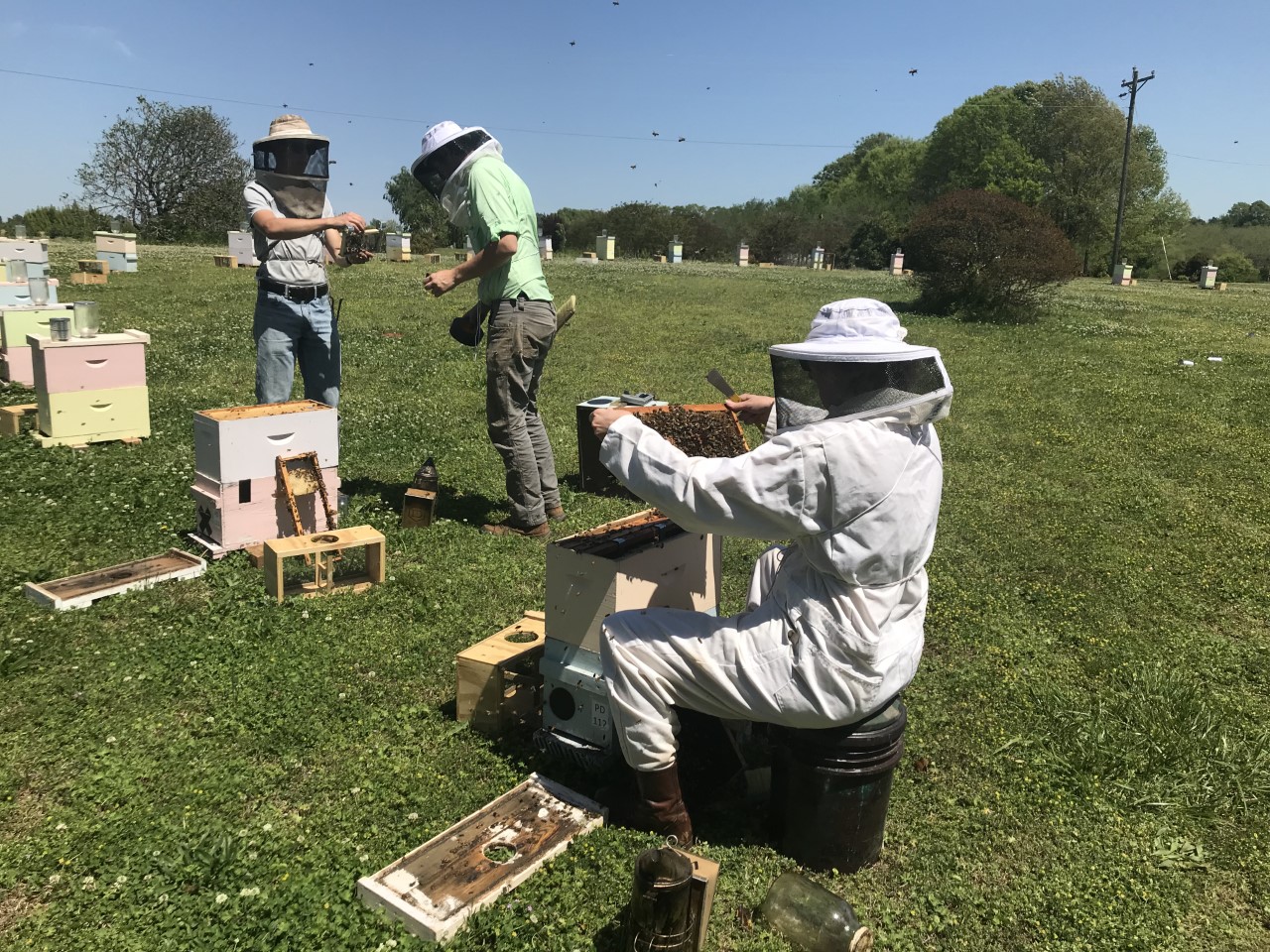
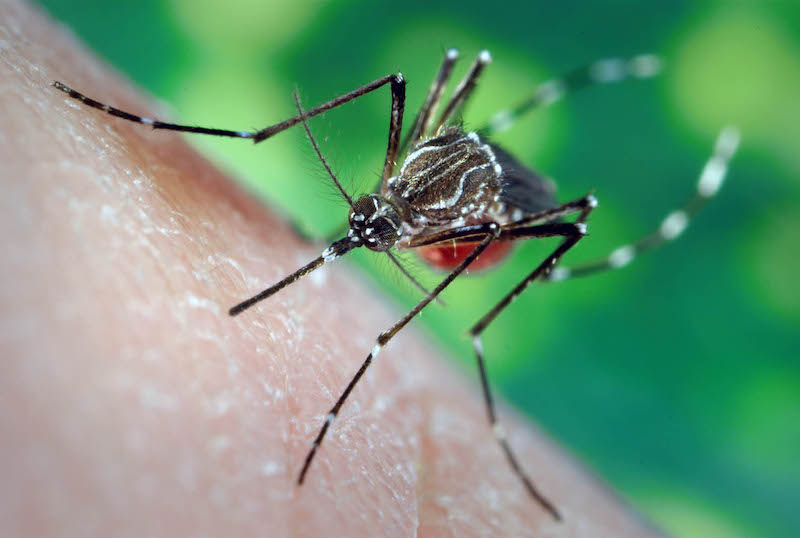
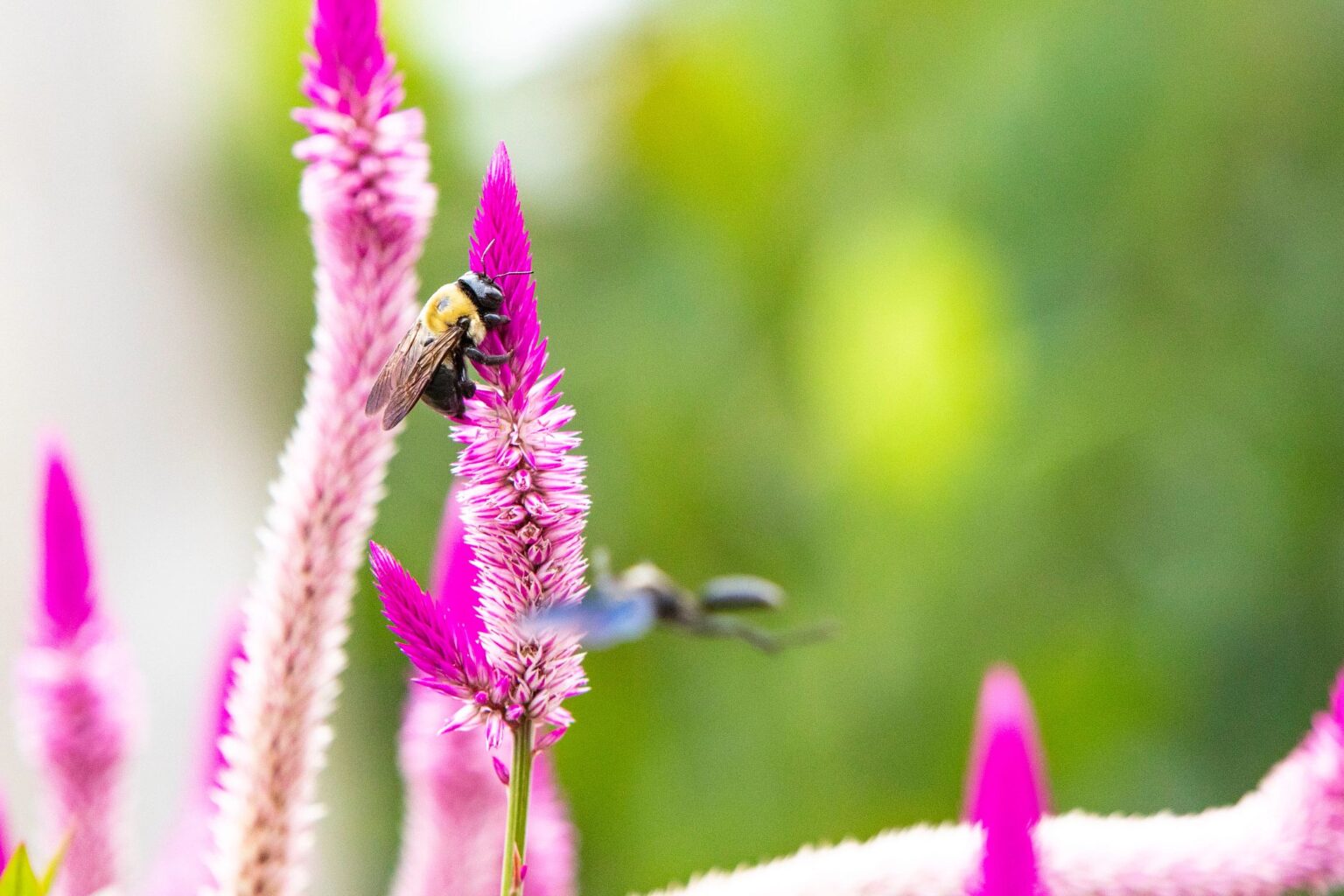
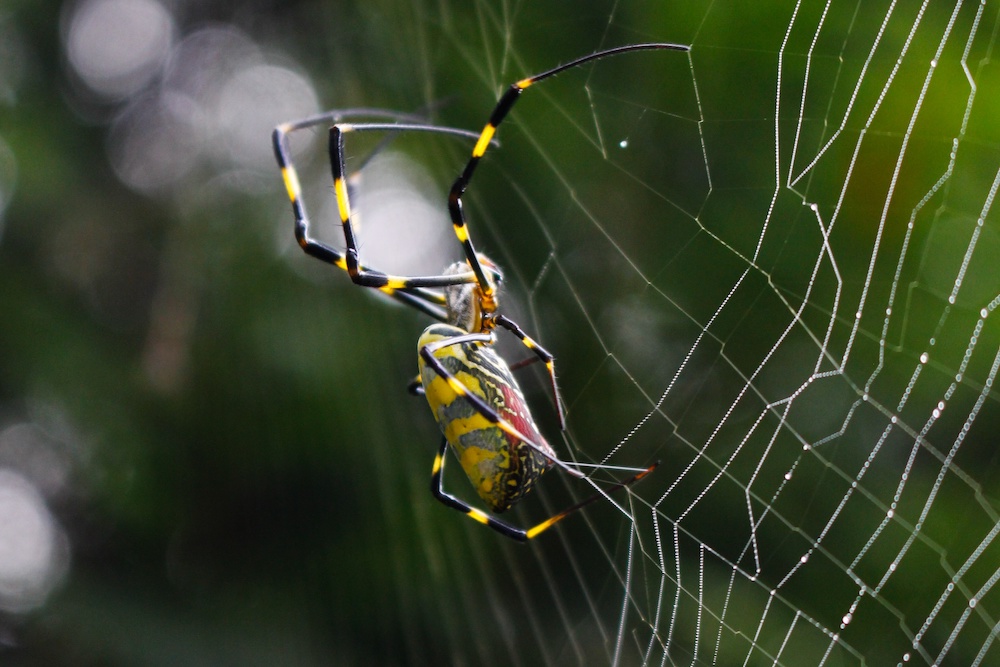
.jpg)